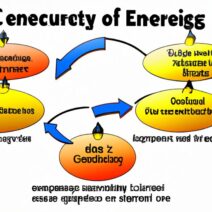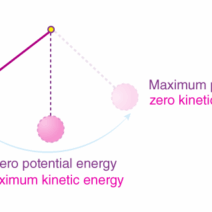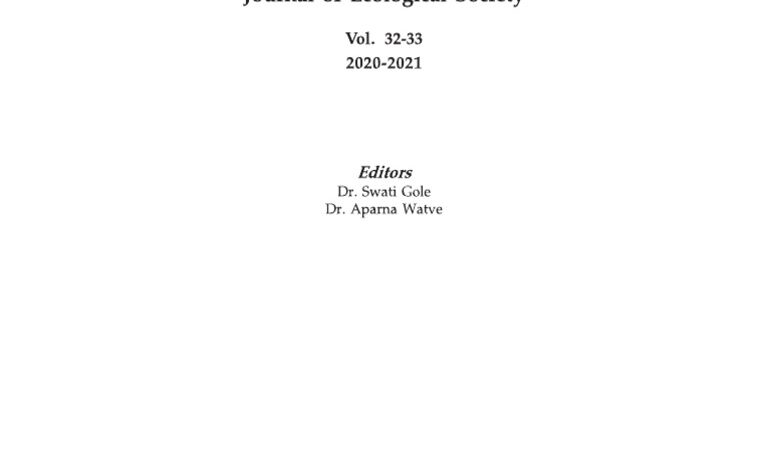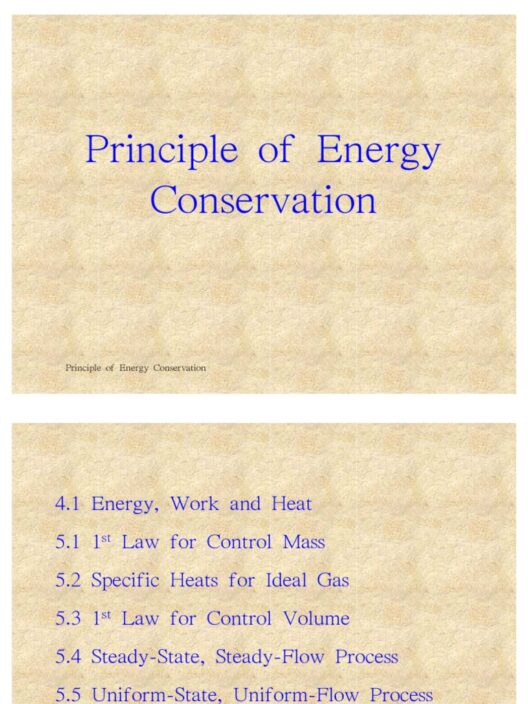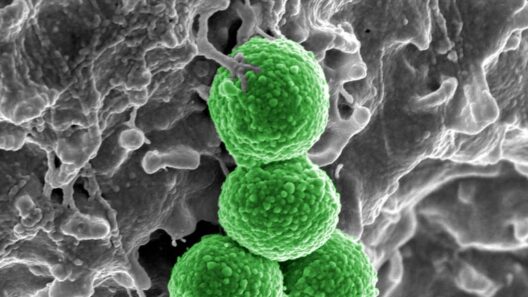Does animal agriculture contribute to global warming? You may be surprised to discover that while cows are charming companions in pastoral landscapes, their impact on our planet is substantial, warranting a closer examination. This inquiry leads us down a multifaceted path that intertwines science, economics, ethics, and a touch of humor.
The modern narrative surrounding climate change frequently highlights greenhouse gas emissions as culprits. Among these gases, carbon dioxide, methane, and nitrous oxide play pivotal roles. Surprisingly, animal agriculture is responsible for approximately 14.5% of all human-induced greenhouse gas emissions, according to estimates from the Food and Agriculture Organization (FAO). Within this percentage, methane, emitted through enteric fermentation in ruminant animals like cattle, is particularly concerning due to its potency—more than 25 times more effective than carbon dioxide at trapping heat in the atmosphere over a 100-year period.
Why does that cow emit so much methane? Well, it turns out that the digestive systems of cows and other ruminants are uniquely engineered to ferment plant material, resulting in a fermentation process that produces significant methane. This biological process is essential for cows to derive energy from their fibrous diet, yet it leads to a perilous accumulation of greenhouse gases.
Moreover, the contribution of animal agriculture does not rest solely on methane emissions. Nitrous oxide, primarily released from manure management and the application of synthetic fertilizers, is another formidable greenhouse gas. With an impact roughly 298 times that of carbon dioxide over a century, this gas, too, plays a critical role in the climate crisis we face today.
Consider this: if animal agriculture were a country, it would rank as the third-largest emitter of greenhouse gases worldwide, trailing only behind China and the United States. This observation raises an essential question—shouldn’t we scrutinize our consumption patterns, particularly regarding meat and dairy, as part of the broader strategy to combat climate change?
As the world grapples with increasing temperatures, rising sea levels, and extreme weather events, the livestock sector faces mounting scrutiny. The ethical and environmental challenges posed by animal agriculture are increasingly placed under the spotlight. One might question, however: is this sector solely a villain in the tale of climate change, or do other factors demand equal attention?
One aspect that often goes unexamined is land use. Animal agriculture requires expansive pasturelands and substantial crops for feed. Astonishingly, about 77% of global agricultural land is used for raising animals or growing their feed. This extensive land use leads to deforestation, biodiversity loss, and soil degradation—compounding the overall environmental impact. As ecosystems are disrupted, carbon stored in forests and soils is released, exacerbating climate change.
Another consideration involves the concept of sustainable practices. Not all animal agriculture is created equal. Various farming methods can mitigate some environmental impacts. For instance, regenerative grazing practices can enhance soil health and carbon sequestration, challenging the notion of animal agriculture as a blanket antagonist. Could it be possible to mold animal husbandry practices into a tool for ecological restoration rather than destruction?
In delving into the economic dimensions, it becomes evident that livestock production is a significant source of livelihood for millions of people worldwide. This economic viability poses a challenge to advocates of plant-based diets, highlighting the importance of equity and transition strategies. How do we reconceive meat and dairy production while addressing food security and the livelihoods of farmers reliant on these industries? Transition landscapes require thoughtful navigation, as we cannot disregard the socio-economic fabric woven around animal agriculture.
Responses to the question of how to manage agricultural practices without sacrificing the planet are varied. One positive trend is the rise in alternative protein sources, including plant-based products and lab-grown meats. These innovations present environmentally friendly avenues to meet protein demands without incurring the severe ecological costs associated with traditional animal agriculture. The challenge lies in ensuring that these alternatives are accessible, affordable, and able to satisfy diverse culinary preferences.
Education plays a vital role in reshaping perceptions of food consumption. Consumers can wield considerable influence through their choices. By fostering understanding about the environmental ramifications of our dietary habits, individuals can champion sustainability and drive change in agricultural practices. Could collective consumer action empower us to push for more transparent, responsible, and sustainable food systems?
As the dialogue unfolds, it becomes evident that while animal agriculture undeniably contributes to global warming, the conversation is not so straightforward. The interplay between economics, ethics, and environmental stewardship calls for an integrated approach that considers sustainable production methods, the importance of animal welfare, and equitable food access.
In conclusion, the ramification of animal agriculture on climate change is extensive and complex, pushing us to explore diverse perspectives and solutions. While it is tempting to place the blame solely on our bovine friends, the reality is that this issue invites nuanced conversations about our relationship with food, land, and the environment. So, as we ponder the question, “Does animal agriculture cause global warming?” it might just lead us to more profound reflections on sustainability, consumer responsibility, and the future of our planet. After all, it isn’t just a matter of moo; it’s about the harmonious balance we strive to achieve with our environment for generations to come.
